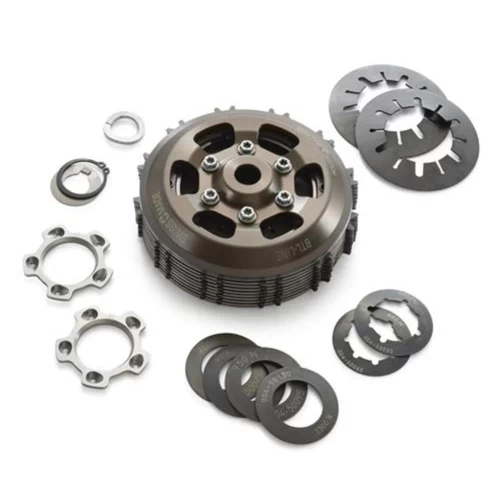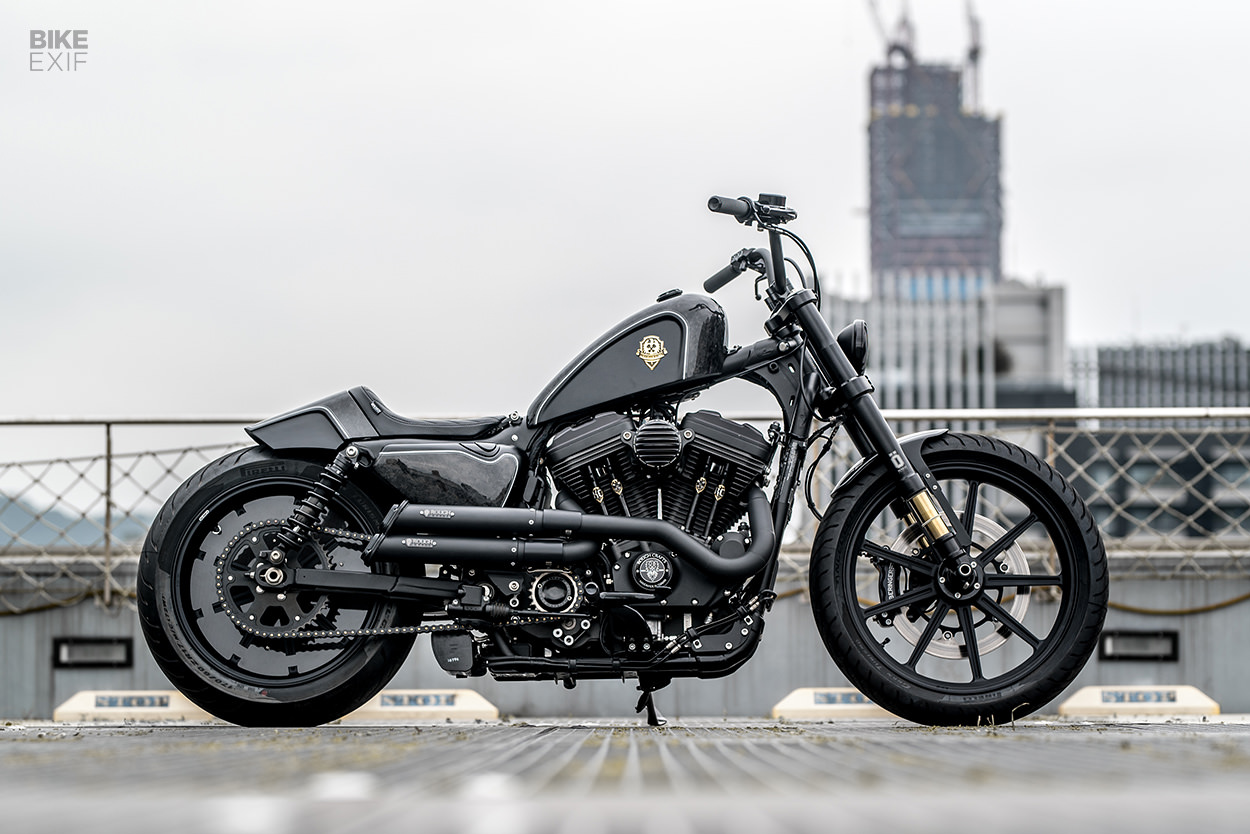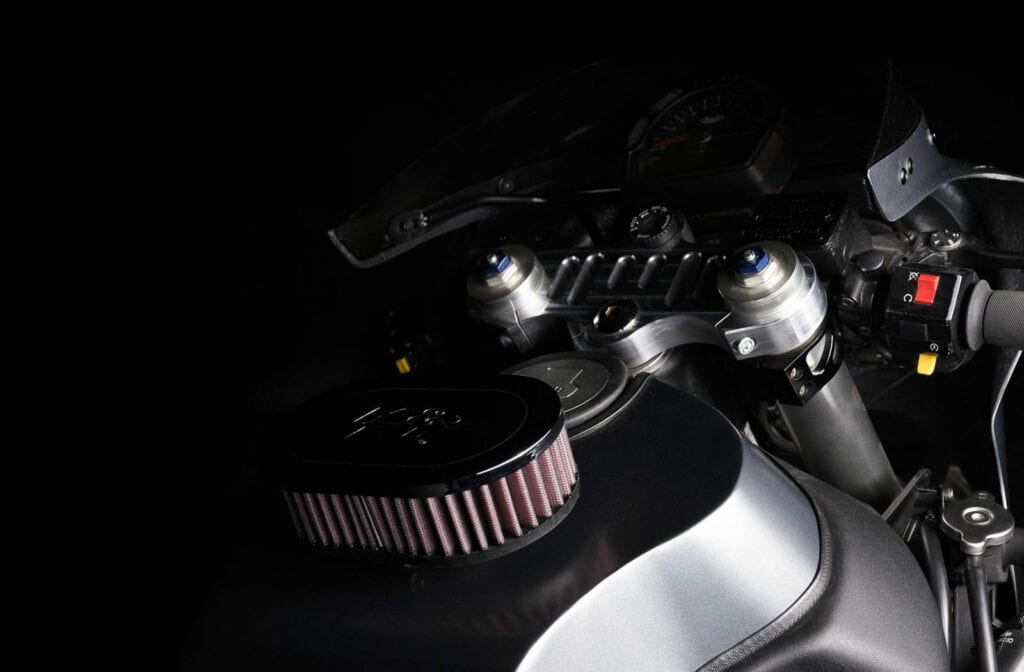Table of Contents
Understanding the Mechanics of a Slipper Clutch
A slipper clutch, also known as a back-torque limiter, is a crucial component in modern motorcycles, especially those designed for high-performance riding. This innovative mechanism serves a vital purpose in enhancing both safety and performance by mitigating the effects of engine braking during aggressive downshifting. To comprehend the intricacies of a slipper clutch, it’s essential to delve into its inner workings and understand the physics behind its operation.

The Basics of Clutch Operation
Before delving into the specifics of a slipper clutch, let’s briefly recap how a conventional clutch system functions in a motorcycle. In a traditional setup, the clutch connects and disconnects the engine’s power from the transmission, allowing the rider to change gears smoothly. When the clutch lever is pulled, the clutch plates disengage, enabling the rider to shift gears without causing excessive strain on the drivetrain.
Introduction to Slipper Clutch Technology
Unlike a standard clutch, a slipper clutch incorporates a unique design that enables it to mitigate the adverse effects of aggressive downshifting, particularly during high-speed riding or track racing. The primary purpose of a slipper clutch is to prevent rear wheel lock-up and instability when rapidly downshifting, commonly referred to as back-torque or engine braking.
How Does It Work?
The operation of a slipper clutch can be understood through its innovative design. Unlike a conventional clutch, which relies solely on friction to engage and disengage, a slipper clutch incorporates a mechanism that allows it to slip or partially disengage when subjected to excessive back-torque. This slipping action reduces the sudden deceleration force transmitted to the rear wheel during aggressive downshifting, preventing it from locking up and causing loss of traction.
Components of a Slipper Clutch
A typical slipper clutch consists of several key components, each playing a crucial role in its operation:
1. Clutch Basket
The clutch basket houses the clutch plates and is directly connected to the engine’s crankshaft. It rotates at engine speed and transmits power to the transmission.
2. Clutch Plates
These are friction plates sandwiched between alternating steel plates within the clutch basket. When engaged, they transmit power from the engine to the transmission.
3. Pressure Plate
The pressure plate applies pressure to the clutch plates, causing them to engage and transmit power. It is actuated by a set of springs or hydraulic pressure.
4. Ramp Mechanism
This is the hallmark feature of a slipper clutch. It consists of ramps or cam profiles that allow the pressure plate to move axially when subjected to back-torque. This movement reduces the clamping force on the clutch plates, allowing them to slip momentarily.
Benefits of Using a Slipper Clutch
1. Enhanced Safety
By preventing rear wheel lock-up during aggressive downshifting, a slipper clutch significantly improves stability and reduces the risk of loss of control, especially in high-speed or racing scenarios.
2. Smoother Downshifting
The slipping action of a slipper clutch results in smoother and more controlled downshifts, allowing riders to maintain optimal traction and stability while negotiating corners or braking hard.
3. Extended Component Lifespan
By reducing the stress on the drivetrain components, particularly the transmission and rear wheel, a slipper clutch helps prolong their lifespan and minimize the risk of premature wear and tear.
Conclusion
In conclusion, a slipper clutch is a remarkable innovation in motorcycle technology that offers significant benefits in terms of safety, performance, and durability. By understanding how it works and its advantages, riders can make informed decisions when choosing a motorcycle equipped with this advanced feature. Whether on the street or the track, the presence of a slipper clutch can make a notable difference in overall riding experience and confidence.
Also Read – Aprilia RS 457 Price, Specs: Setting a New Standard?




Pingback: All New Triumph Daytona 660: A Perfect Fusion of Performance and Agility